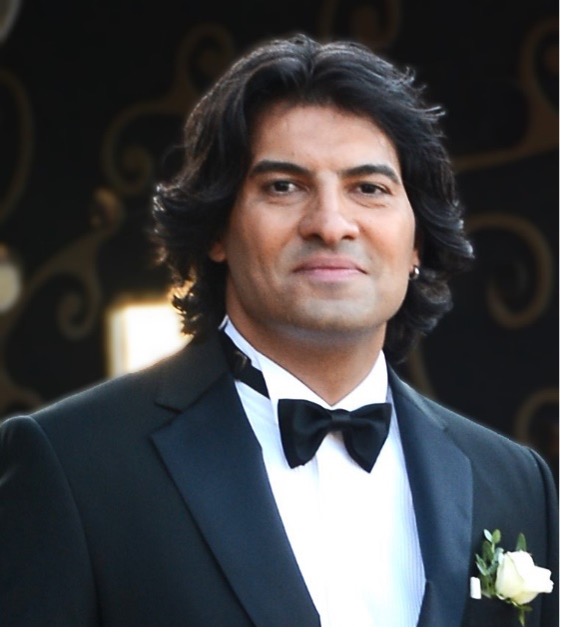Here is a Q&A with Assistant Professor Dr. Emre Ozan Polat:
- What led you to become a physicist? How did you get started on optoelectronics?
When I was a student, I remember that I can relate each of the given multiple-choice answers to the question by overthinking. As you can imagine, this has some certain drawbacks such as time consumption and selecting the wrong answer. However, this kind of ‘‘overthinking’’ turns out to be ‘‘not-overthinking’’ but ‘‘critical thinking’’ which allows me today to contribute to the current applied physics literature. From my point of view, physics in general, is a subject that you can extend your critical thinking limitlessly and connect to any other discipline that may produce a meaningful output. Therefore, it provides a huge playground for critical thinkers and here I am.
At my current level of understanding, optoelectronics is quite charming since one can manipulate the optical properties of solids by external means. And it becomes even more charming when the quantum nature of low dimensional materials comes in the picture. There are well-developed wafer-based technologies for optoelectronics, but they have some certain limitations in the broadband sensing of light and also, they are mechanically brittle. On the other hand, the ability to develop humanitarian technologies by nanomaterials on unconventional substrates opens many opportunities, such as seamlessly integrable wearables and ubiquitous display technologies for telemedicine and internet of things. - What research problems are you most excited to explore in your new laboratory?
In general, what drives me in my research is to understand light-matter interactions that takes place at the nanoscale and use them to develop multi-functional optoelectronic devices. Therefore, I am quite excited to start at Bilkent where we have the right facility and research ecosystem to explore quantum nature of those interactions both on the fundamental level and in the more technology related context.
Our research mainly extends from more fundamental studies that we perform FTDT simulations to validate and visualize the interactions between external fields and nanomaterials, to experimental realm, by synthesizing nanomaterials and implement them in device applications after electro-optic and morphologic characterisations. Specifically, I am interested in nanocrystals and graphene related materials (GRM) as a broadband light-sensing platform, and I explore the methodologies to seamlessly integrate quantum materials on technologically relevant substrates to enable ubiquitous light sensors for a wide application range from defence to health and energy harvesting. - What plans do you have for your first few years as an Assistant Professor at Bilkent?
My initial focus is to bring together a strong team of researchers with the right skill set for each end of our research spectrum (from fundamental to application). Since this will include undergraduate, master and PhD students together with the postdoctoral researchers, I aim to provide them a timely and on-point supervision. The state-of-the-art facility of Bilkent University and UNAM will allow them to realize their milestones, while I work to bring new grants on the national and international level. On the other hand, I aim to contribute to the solid teaching commitment of physics faculty by taking an active role in the coordination and instruction in the existing curriculum while offering new elective courses in the undergraduate and graduate level.

